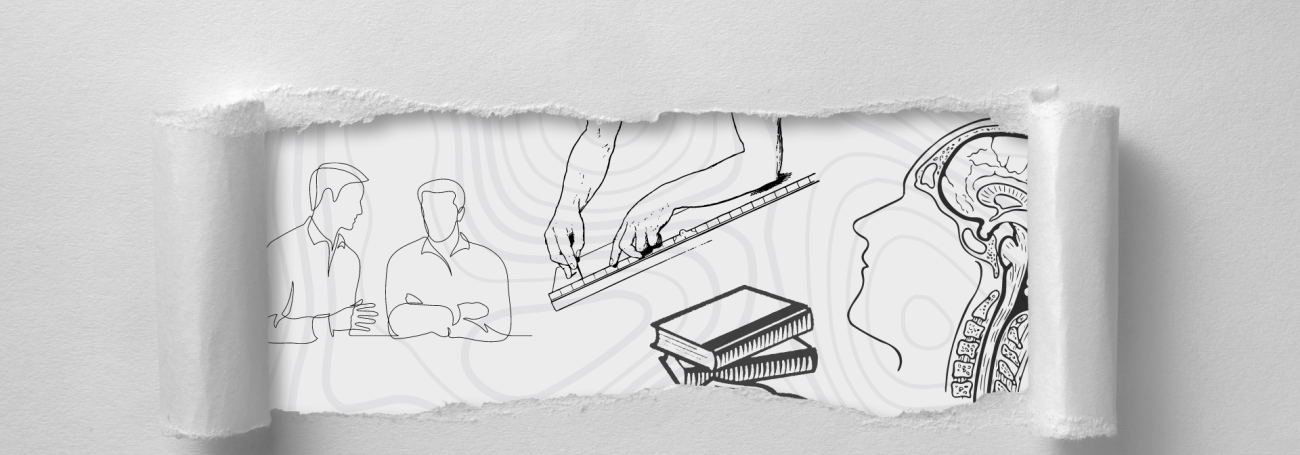Restorative justice has been said to be an ‘umbrella concept’ (Shapland et al., 2011). There’s no one accepted definition, with different national and international instruments having subtly different views. In addition, restorative justice embodies a considerable number of different processes, even when restricted to dealing with criminal offences. They include direct mediation, indirect or shuttle mediation, conferencing, circles, panels and, more broadly, forms of truth and reconciliation commissions. If we include restorative practice, the kinds of processes adopted can be much wider, including where those who have been harmed meet with those who have harmed others. For me, the essence of a process being restorative justice is where there is communication both ways between those who have been harmed (often termed ‘victims’ or ‘survivors’) and those who have harmed (‘offenders’) about an offence or offences which link them.
It’s not all vague though. Restorative justice and restorative practice have some core values, which run through all the different kinds of processes and which are key to the process being restorative. They are central in the international instruments, such as those from the Council of Europe and the European Union, and for good practice. The core values, in relation to restorative justice and restorative practice relating to crime, are:
- Participation by individuals must be voluntary (for those harmed and those who have harmed).
- Participation aims at being inclusive, with both the person harmed and the person who has harmed being actively involved, but often including as well those close to them (their supporters), and sometimes those from the community, as well as from criminal justice.
- Participation centres on facilitating communication between participants, with everyone having the opportunity to put their view and have a fair say, and no one being dominated.
- The process should be made as safe as possible, with any meetings being arranged in a safe space for all participants, and directed by a neutral, trained facilitator.
Making this process of communication inclusive may involve just a small number of participants for some offences — two or three, together with the facilitator (sometimes called the mediator). But it can involve large numbers of people, for example, in neighbourhood disputes, or with extended families. Moreover, there are always lots of stakeholders involved: those from the scheme, the lay participants, those referring, those funding the activity. All of this can make evaluation complex, because all these stakeholders’ views may need to be ascertained — and they do not always want the restorative justice/practice to feature exactly the same aims.
Restorative justice and restorative practice schemes have often been developed to follow particular theoretical views as to how restorative justice ‘works.’ These can emphasise shame and subsequent reintegration into the community (e.g. Braithwaite, 1989), or healing and restoration (e.g. Zehr, 1990), or procedural justice (e.g. Tyler, 1990). For each of these theoretical perspectives, the key aims of the scheme may differ.


